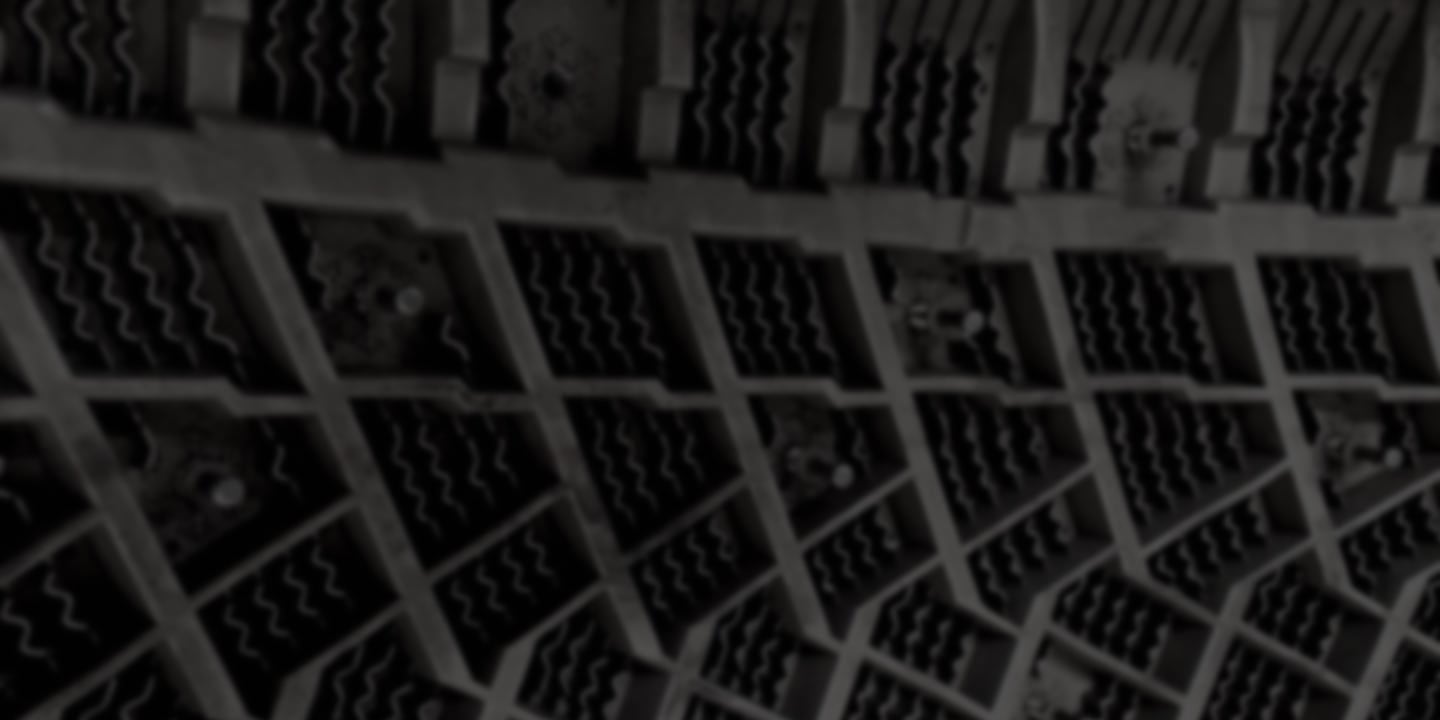
08 Nov Driving Tips in Winter Conditions
How should you prepare a vehicle for driving under winter conditions?
Driving in winter weather – snow, ice, wet and cold – creates a great challenge for vehicles and drivers. Keeping your vehicle in good technical repair reduces your overall chances for any mishap or disaster while driving – particularly in winter weather. To prepare your vehicle for winter driving give it a complete checkup. Look for the following:
Electrical system
- Battery – recharge or replace if the battery is weak. Also have the charging system checked.
- Ignition – check for damaged ignition wires and cracks in the distributor cap.
- Lights – check all lights (headlights, side lights, emergency flashers, directional lights, taillights, brake lights and parking lights) for proper functioning.
Brakes
- Check brakes and adjust to ensure equal braking.
Tires
The traction between tires and roadway determines how well a vehicle rides, turns and stops, and is crucial for safe driving in winter. Proper tire selection is very important.
- Use four snow tires that are of the same type, size, speed rating, and load index for better handling, control and stability. In Canada, tires are marked with a pictograph of a peaked mountain with a snowflake. This pictograph means the tire has been designed to meet specific snow traction performance requirements and is designed for use in severe snow conditions.

- Use all-season radial tires only in areas that receive only light snowfall.
- Use chains or studded tires on all four wheels when you expect severe snow and icy roads. Check with your local Department or Ministry of Transportation office to see if the use of tire chains or studded tires is legal in the region through which you are planning to drive.
- Check tire pressure and if necessary restore it to levels recommended by the vehicle manufacturer. The pressure drops about 1 psi for every 5°C (9°F) drop in temperature.
- Check the wear of the tires. Tires have tread wear indicators or bars that are inside the grooves of the tires. When the tread is close to (within 1.5mm) or the same level as the wear indicator, replace the tire as it no longer provides effective traction.
- Check tire balance and correct it if necessary.
- Check wheel alignment and correct it if necessary.
Exhaust system
- Check the exhaust system for leaks. A properly sealed exhaust system reduces the risk of carbon monoxide poisoning.
- Keep the window in your vehicle slightly open when you’re stuck in the snow, and run the engine and heater to keep warm.
- Keep the exhaust pipe clear of snow. A blocked pipe can force carbon monoxide back into the car interior.
Heating/cooling system
- Check the radiator and hoses for leaks.
- Ensure that your vehicle always has a sufficient amount of antifreeze rated for the coldest weather.
- Check the defrosters (front and back) to make sure they are working efficiently.
Windshield wipers
- Ensure that windshield wipers function efficiently. Replace them if they are old or worn.
- Fill the washer container with an antifreeze fluid and top it up frequently.
Fuel
- Fill up the fuel tank before you leave on your trip.
- Do not let the fuel level get too low – the driving time to the next gas station may take much longer than you ever expected, and if you get stuck, the car engine will be your only source of heat.
Get your car checked today!
Unsure of your vehicle’s preparedness for winter – we can help. reach out and call or email us to BOOK YOUR APPOINTMENT, we are happy to help and see why we gave a 5-STAR Rating on Google. We look forward to seeing you and your vehicle!


